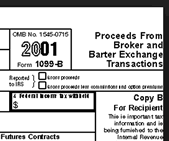 I never file my tax returns too early. The last time I did so, I had to file an extra amended return as my stock brokerage sent me a late corrected 1099 form shortly afterward. What a hassle. It seems that every year one of these forms shows up in my mailbox in March. Indeed, TD Ameritrade just send me an e-mail today (2/25) that a corrected 1099 is on its way. Why?
I never file my tax returns too early. The last time I did so, I had to file an extra amended return as my stock brokerage sent me a late corrected 1099 form shortly afterward. What a hassle. It seems that every year one of these forms shows up in my mailbox in March. Indeed, TD Ameritrade just send me an e-mail today (2/25) that a corrected 1099 is on its way. Why?
IRS mailing deadlines
The official IRS mailing deadline for 1099-B forms (reporting sales from brokerage firms and mutual fund companies) is normally February 15th. This is 15 days later than the mailing deadline for most other tax forms like W-2s. However, this year February 15th falls on a Saturday and Presidents Day is Monday, February 17th. This results in the adjusted mailing deadline being Monday, February 18th, 2014.
So how can they arrive even later?
Many brokerage firms will only send a “preliminary” 1099 by this date to satisfy the IRS requirement. Because some securities (commonly certain REITs or foreign stocks) may not report their numbers to the broker in time, brokers often delay sending out their corrected or “final” 1099 until a month or more later. So while I start preparing my return ahead of time, I usually wait to file until I’m confident that all my 1099 forms are finalized.
In my case, it was the Vanguard REIT ETF (VNQ) that caused my corrected 1099 form.
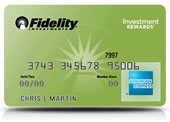 If you’re looking for a solid cash back card and are willing to open a Fidelity account (or are an existing customer), then you should really consider the credit card offerings from Fidelity, especially the
If you’re looking for a solid cash back card and are willing to open a Fidelity account (or are an existing customer), then you should really consider the credit card offerings from Fidelity, especially the 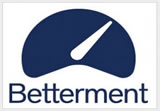 Online portfolio managers are a hot area right now, and
Online portfolio managers are a hot area right now, and 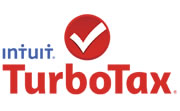
 TaxACT Online
TaxACT Online 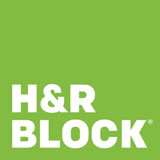 H&R Block at Home Online
H&R Block at Home Online 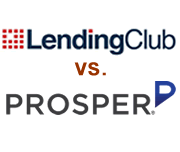 After posting the 1-year update (
After posting the 1-year update (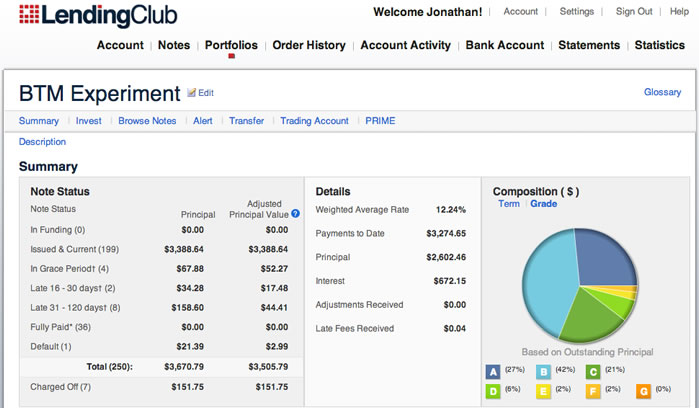
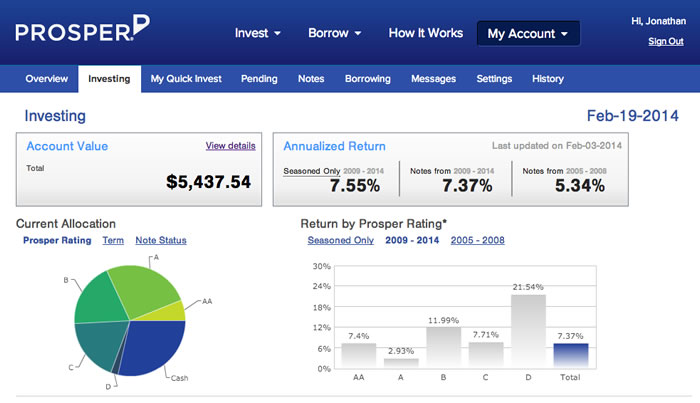
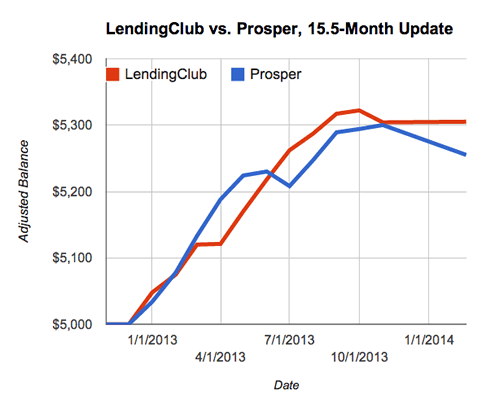
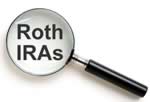 Updated. In my post
Updated. In my post  Square, known for helping people accept credit cards with smartphones, has expanded another feature called Square Cash. Yes, it’s yet another attempt at simplifying person-to-person payments, but this time all you need is e-mail and a debit card number. No accounts to open, no passwords to remember, and no fees either.
Square, known for helping people accept credit cards with smartphones, has expanded another feature called Square Cash. Yes, it’s yet another attempt at simplifying person-to-person payments, but this time all you need is e-mail and a debit card number. No accounts to open, no passwords to remember, and no fees either. The Best Credit Card Bonus Offers – March 2024
The Best Credit Card Bonus Offers – March 2024 Big List of Free Stocks from Brokerage Apps
Big List of Free Stocks from Brokerage Apps Best Interest Rates on Cash - March 2024
Best Interest Rates on Cash - March 2024 Free Credit Scores x 3 + Free Credit Monitoring
Free Credit Scores x 3 + Free Credit Monitoring Best No Fee 0% APR Balance Transfer Offers
Best No Fee 0% APR Balance Transfer Offers Little-Known Cellular Data Plans That Can Save Big Money
Little-Known Cellular Data Plans That Can Save Big Money How To Haggle Your Cable or Direct TV Bill
How To Haggle Your Cable or Direct TV Bill Big List of Free Consumer Data Reports (Credit, Rent, Work)
Big List of Free Consumer Data Reports (Credit, Rent, Work)